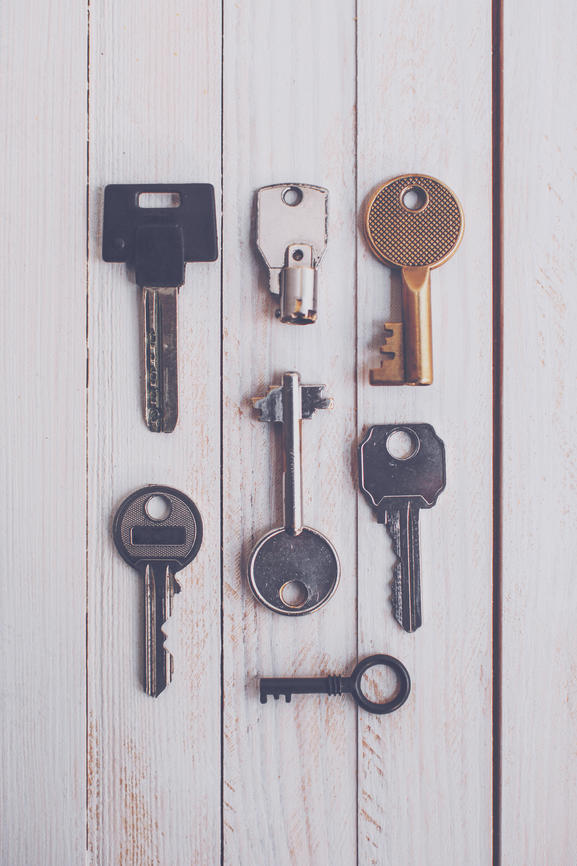Working from home is awesome. The commute is short, you don’t have people dropping in to chit chat and depending on the day you may not even have to shower. Technology has also made it increasingly easy for the self-employed and employees to work from home. And yes, since you asked, you can even deduct some of the costs of working at home, but it’s a little complicated. Today I want to explain how the home office deduction works, how you can calculate it and how you can avoid some common pitfalls associated with this deduction.
How it works
You can deduct expenses for space that you use regularly and exclusively as your principal place of business. “Regularly and exclusively” means this space should just be an office — not an office/play room or an office/guest room. You can theoretically split a room, if part of it is used for business. If you’re doing that, it’s best to have some sort of partition.
“Principle place of business” means that the space serves as your main office and/or you regularly meeting with clients there. If you actually travel to client venues, that’s okay too as long as you regularly perform your administrative work at your home office and you don’t use another location for those tasks as well.
Before the Tax Cuts and Jobs Act (TCJA), employees could also deduct this expense if they used it solely and exclusively for business purposes and it was for the benefit of the your employer rather than just being helpful or appropriate for you to do your job. However, the TCJA eliminated the 2% miscellaneous deduction on the schedule A, so for the time being employees can no longer deduct that expense (though this cut is set to expire after 2025).
You should also keep in mind that you have to qualify for this deduction every year. Depending on how you use the space, you may qualify in some years but not in others.
Calculating the deduction
You can calculate the deduction in a couple of ways.
The “simplified method” allows you a certain dollar amount for all business use multiplied by the square footage of your office space. For 2018, you are allowed $5/square foot for a maximum of 300 square feet. This is a simplified method because you don’t have to keep track of your actual expenses. You just need to know the square footage of your space. So if your office is 200 square feet, you’re allowed to take $1,000 deduction.
Alternatively, you can deduct the actual costs of using your work space. To deduct actual expenses, you divide the square footage of your office space by the total square footage of your house, condo or apartment. For example, if your home office is 200 square feet and your entire home is 2000 square feet, you can take 10% of your mortgage interest, taxes, insurance utilities, etc. In addition, you can take the full deduction for anything that is used exclusively for the business — say a business phone line, internet or cable.
As with many tax deductions, it’s best to run the calculation both ways and see which one benefits you more. Do this calculation every year, too. There’s no penalty for switching from one to the other from year to year. But once you’ve chosen a method for a specific taxable year, you can’t later switch to the other method for that same year.
For more of the ins and out of calculating the deduction, see IRS Publication 587.
Potential stumbling blocks
No longer for employees
I mentioned this before, but it’s worth mentioning again: employees can no longer take this deduction thanks to the TCJA. However, this deduction may come back after the provisions expire after 2025. If that’s the case, you just have to remember to do more work from home than you do at your employer’s office or you bring clients to your home.
Change from employee to independent contractor?
While you may not be able to deduct the home office expense as an employee, you can still deduct it as an independent contractor. Because of the favorable Qualifying Business Income deduction many employees and employers are considering changing employment status. Not only can you get a 20% deduction on certain business income, you can deduct other expense like the home-office, supplies and travel. This agreement may also benefit your employer by having to pay less payroll taxes. Keep in mind that you truly have to be an independent contractor (i.e., have control over the work you do and how you do it), rather than just calling yourself an independent contractor but still being managed and controlled by your employer.
Deduction cap
The home office deduction can’t be larger than the income from your business. That is, the home office deduction can’t transform a profitable business into a money loser. If you’re calculating the actual expenses for your deduction, you can carry forward any unused loss. However, if you’re using the simplified method, you won’t get any carry forward.
Increased audit risk?
You may have heard that taking the home office deduction increases your audit risk. I’ve never seen any evidence to back this up. And in fact, your audit risk in general is fairly small. Even if you did somehow get audited, you won’t run into any problems if you know the rules and only claim what you’re entitled to.
I hope this helps demystify some of the nuance of the home office deduction. I would love to hear more of your questions, comments and concerns regarding the home office deduction. Message, tweet or email me at the links below.





